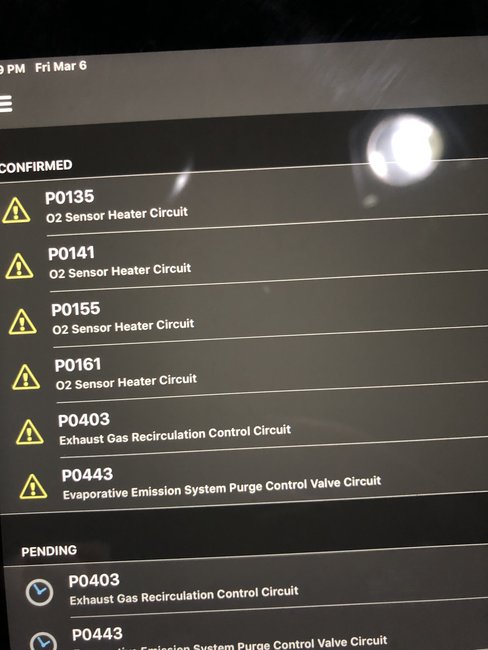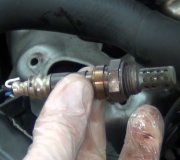Problems with the wiring harness are almost always found through visual inspection. The common things are corrosion or spread terminals in a connector, the harness fell down onto hot exhaust parts and the insulation melted allowing wires to touch each other or the hot pipe or sharp bracket, the wires were chewed on by a mouse, or the harness got hooked on something like a tree branch and tugged apart. There are no splices to corrode on most cars so even if water were to get under the plastic wrap, nothing would happen.
Less common is a wire harness gets crushed by a pry bar or other tool when doing other work in the area, such as replacing a rack and pinion steering gear.
The wires on the sensor side of the connector aren't standardized so you can't say the gray wire is for this and the white wires are for that. On the harness side, it's a different story. You'll have a red wire which is the 12 volt feed for the heaters for all four sensors, and the feed for a lot of other stuff. That circuit does have a few splices, but it's not common for just one wire to corrode away from all the others.
The yellow / blue wire gets grounded through the Engine Computer to turn on the heater. Each other oxygen sensor has its own separate wire for the same function. That's were the computer monitors heater current and can tell on which wire no current is flowing. That's how it knows which sensor to set a fault code for. That wire goes to pin 94 of the computer. To test in this circuit, you need to have the ignition switch on. What I would do is back-probe through the rubber weather-pack seals on the harness side of the connector. A stretched-out paper clip usually makes a good probe. Start on the red wire. You should find 12 volts there. If you do, we can move on. If you do not, there's a better than even chance the paper clip isn't making contact with the terminal in the connector.
If you absolutely can't find 12 volts on the red wire, unplug the connector, then measure on the terminal directly. If you do have 12 volts, test on the yellow. Blue wire. (If you unplugged the connector, you have to plug it back in to test on the yellow / blue wire. The voltage gets there through the sensor). This one is supposed to be grounded, but the clue to interpreting the results is you typically will not find 0.0 volts. Due the resistance of the monitoring circuitry in the computer, you can expect to find from 0.2 to perhaps as much as 1.0 volt. If you find 0.0 volts, it's a good bet one of those pair of terminals isn't making contact. If you find 12 volts, that wire isn't getting grounded. There's three possible reasons for it to not be getting grounded. One is there's a break in that yellow / blue wire. The second is there's a defect in the switching circuit inside the computer. That's pretty rare. The third is those heater circuits only get grounded when the engine is running. There is no need for oxygen sensor heaters when you're just listening to the radio with the ignition switch on, so they often will not turn on many circuits until they're needed to prevent running the battery dead. If you do find 12 volts on the yellow / blue wire, start the engine and see if it drops to around 1.0 volt or less. If it does not, most likely there is a break in that wire. To verify that, you'd need to back-probe and measure on the other end of that wire, (at the computer, pin 94).
Based on which voltages you find at various places, we should be able to figure out why this code is setting.
SPONSORED LINKS
Monday, October 5th, 2015 AT 8:24 PM





